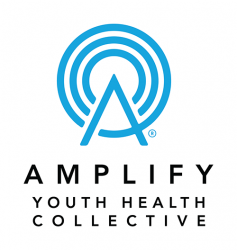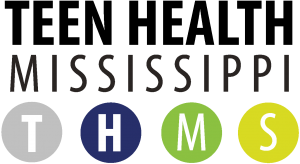Although expectant and parenting youth (EPY) express a need for sex education (contraception, healthy relationships, etc.), many programs are not adequately inclusive of EPY. This interactive training will help educators and service providers recognize the need for EPY inclusivity and support in pregnancy prevention programming and provide concrete strategies for implementation. We will discuss our experiences working with EPY from across the state and how their feedback helped us to develop a toolkit of strategies for adults working with EPY to ensure they’re being effective and affirming. We will also identify and demonstrate ways to alter our language choices related to young parents and interrupt common myths and stigma about teen parenthood, allowing EPY to better engage with the content in sex education programs. Finally, we will have a hands-on component where participants will analyze sample sex education curriculum and work in small groups to tailor the content to be more EPY-inclusive.
In this training, participants will:
- Gain an understanding of the needs of EPY, including those related to sex education.
- Review relevant and current data on EPY.
- Look at the relationship between pregnancy prevention initiatives and EPY.
- Discuss the creation and content of the Expectant and Parenting Youth Inclusivity Toolkit.
- Apply EPY inclusivity principles in reviewing and adjusting curriculum.




